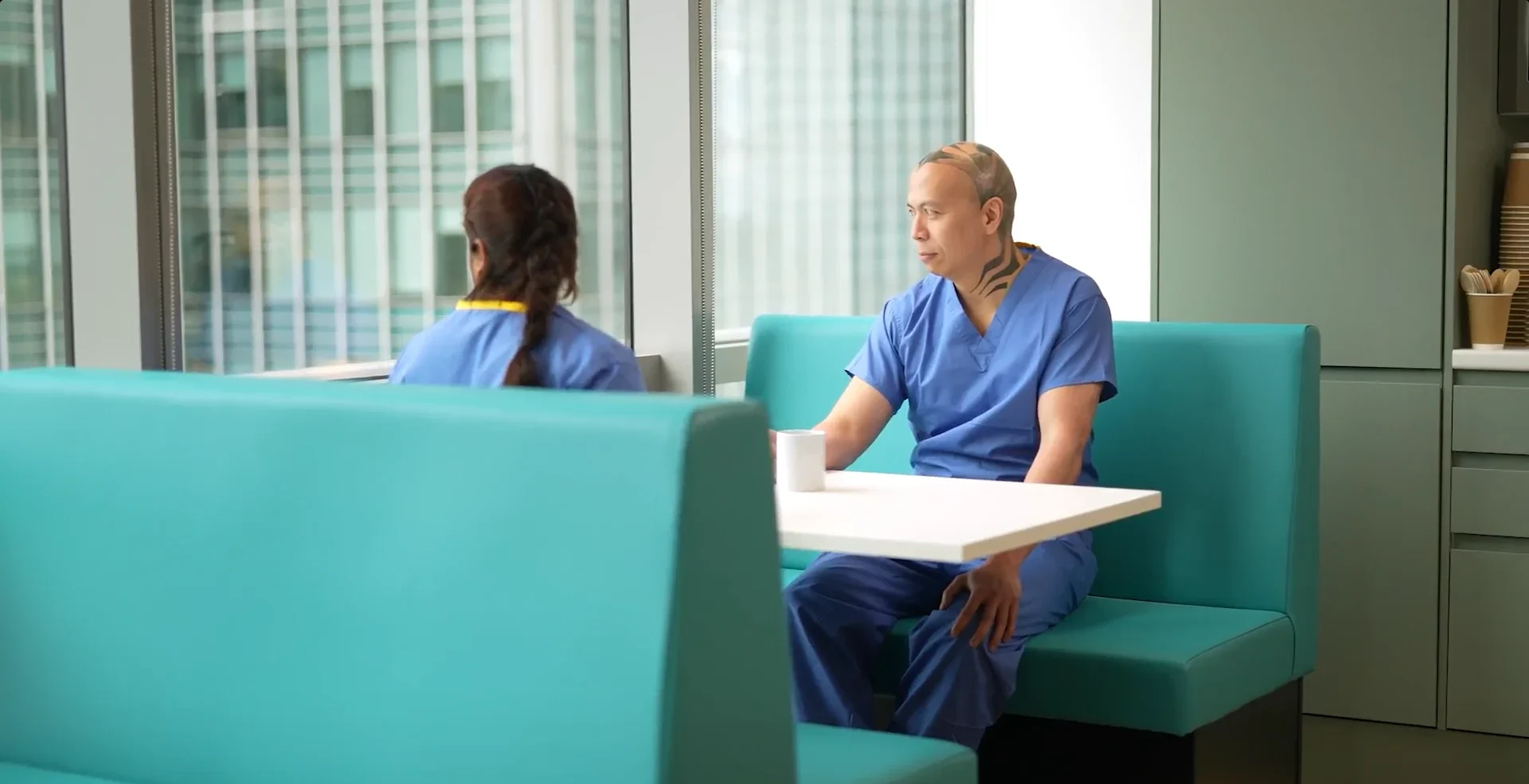by Dr Rob Lambkin-Williams
For most healthy souls, a cold is just a minor inconvenience, with a bit of a sniffle and sore throat, maybe a cough as well if you’re really unlucky. For asthmatics, like me, it makes asthma much, much worse – and I will usually end up on oral steroids at least twice a year. The rest of time, I am a healthy chap; I run half marathons, albeit slowly, but a full marathon is probably a few steps too far.
Looking for answers
Several groups have investigated why a tiny little virus should cause such issues for a certain proportion of the population, such as myself. At the moment we are still trying to find answers, but what we do know is that the immune system is split into two parts – the antibody response, and the cell based response.
The cell based response is further subdivided into what is known as Th1 or Th2 biased responses. Infection with respiratory viruses has been shown to be a problem in asthmatics, as these two sides of the cell based immune system may be unbalanced.
A way to explain this unbalanced nature is that the Th1 and Th2 parts of the cell based immune system oppose each other. Th2 cells produce the cytokine IL-4, which blocks Th1 differentiation, and Th1 cells produce IFN-γ which blocks Th2 differentiation. Because of this, individuals with an immune system skewed towards Th2, such as asthmatics like myself, tend not to produce eosinophils and IgE- producing B cells. The relative lack of IFN-γ limits the antiviral response, which, in simple terms, means you get sicker.
Understanding the effects
In studies conducted at Imperial College London, in which they infected both healthy and asthmatic volunteers with rhinovirus, the virus caused significantly greater lower respiratory symptoms and reduced lung function in the asthmatics. In these asthmatics virus multiplication was significantly related to lower respiratory symptoms, bronchial hyperreactivity, and reductions in blood total CD8(+) lymphocytes. Lung function reduction was significantly related to the increase in inflammatory cell lower airway inflammation.
A key point is that virology and clinical outcomes were strongly related to deficient IFN-γ and IL-10 responses, and to augmented IL-4, IL-5, and IL-13 responses. Their studies have demonstrated increased serious virus-induced illness in asthmatics, compared with normal subjects. This information provides evidence of strong relationships between virus load, lower airway virus-induced inflammation, and the serious aggravation of asthma. This indicates increased Th2 or reduced Th1 responses are likely to be important factors.
The future for asthmatics
Despite the hard work of the UK based, world-renowned research group at Imperial College, we still do not fully understand the mechanism by which a simple common cold virus can cause such a serious illness in normally healthy adults.
FluCamp, part of hVIVO, a biopharma company specialising in respiratory and infectious diseases, infect people with a respiratory virus such as flu, rhinovirus or respiratory syncytial virus, and quarantine them in a dedicated facility for up to two weeks. We do this to determine how the virus and the human body interact, so that we can better understand the underlying mechanisms of the infection. From this work, we can develop diagnostics, vaccines, monoclonal antibodies and antiviral drugs.
We have inoculated more than 14,300 healthy volunteers over the last decade, and have learnt some amazing things. Now, we intend to further investigate the effects of a virus on asthmatics to better understand why that little virus causes them, and people like myself, such a problem.
















